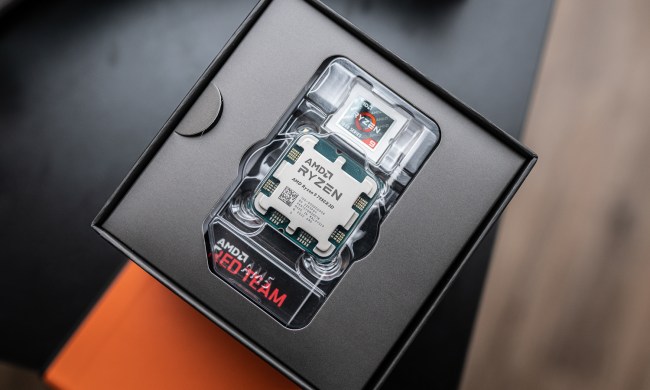Thunderbolt 3 and USB-C are frequently mentioned in the same breath, making understanding the difference between the two quite challenging for the average person.
Both are hardware connection technologies, but they do function in different ways. Here’s everything you need to know about USB-C, Thunderbolt 3, how they overlap, and what their specialties are.
What’s the real difference?

USB-C is one of the latest USB hardware designs, a very significant upgrade for the USB port that added some important features, including the ability to (at last) connect no matter which side was up and the ability to deliver up to 100 watts of power to charge devices. It can also provide data transfer speeds up to 10Gbps and support video for a 4K display — although the connection does need converters to output audio data properly.
Then we have Thunderbolt. Thunderbolt was a connectivity technology developed via a partnership between Intel and Apple, a combination of PCI Express, DisplayPort, and DC power technologies. This makes
Now comes the complicated part: The two connection technologies were separate for several years, supporting different devices for different people. However, as time passed, this became less feasible, and the two technologies started to resemble each other more.
By the time the USB-C port type showed up, both technologies were similar enough that Thunderbolt was designed to connect using only USB-C ports. So, we saw companies begin to add extra
What capabilities does Thunderbolt 3 add?

Thunderbolt 3 is a step up from what USB-C alone can offer. It does a lot, but the key features of the connection include:
- 40Gbps speeds, far faster than what USB-C can offer by itself.
- Support for up to two 4K displays or a 5K display for routing video and audio out.
- Native audio support.
- Special cables are required for longer connections, which do lead to a decrease in data speeds.
- Serial connection of multiple devices linked together and accessed by one computer.
- And, of course, compatibility with all devices that require a Thunderbolt 3 connection, as well as all USB devices.
Can a port be USB-C but not Thunderbolt 3?

Yes, it can. Many USB-C ports don’t have Thunderbolt 3 capabilities and only offer connections through the USB 3.1 (Gen 1/Gen 2) protocol. This is why, for the time being, ports have an awkward naming system that must explicitly state “USB-C
However, note that the reverse is not true: A Thunderbolt 3 port, by design, can also function as a USB-C port. There is no separate, special
You can tell if your USB-C supports the Thunderbolt 3 standard by looking for the small
So, Thunderbolt 3 is better than just USB-C?

USB-C is far from a bad port: It’s much faster than past generations and very versatile, with the welcome ability to charge up accessory devices. So don’t feel like you have to get a Thunderbolt 3 port if you don’t actually need one. But yes, in a head-to-head comparison,
With USB4 on the way, it’s catching up rapidly. But as it stands, yes, Thunderbolt 3 is a faster and more capable standard. So, why don’t companies turn all USB-C ports into
Remember, USB and Thunderbolt spent many years as siloed, competitive technologies. Ultimately, the two technologies are trying to join forces, but there are many obstacles, namely universal pairing capabilities and a unique name for the final combined port.
Devices that contain the specific parts to support Thunderbolt 3 connections will undoubtedly be more expensive. Some companies might not want to include this extra expense quite yet, especially not more budget-oriented devices. Other companies may prefer to save money by making only one port on their devices,
If your apparatus isn’t an Intel-powered device, then you won’t be able to use Thunderbolt 3 technology. Considering there are plenty of devices out there that don’t fit the bill, this is an issue that manufacturers will have to prioritize.



